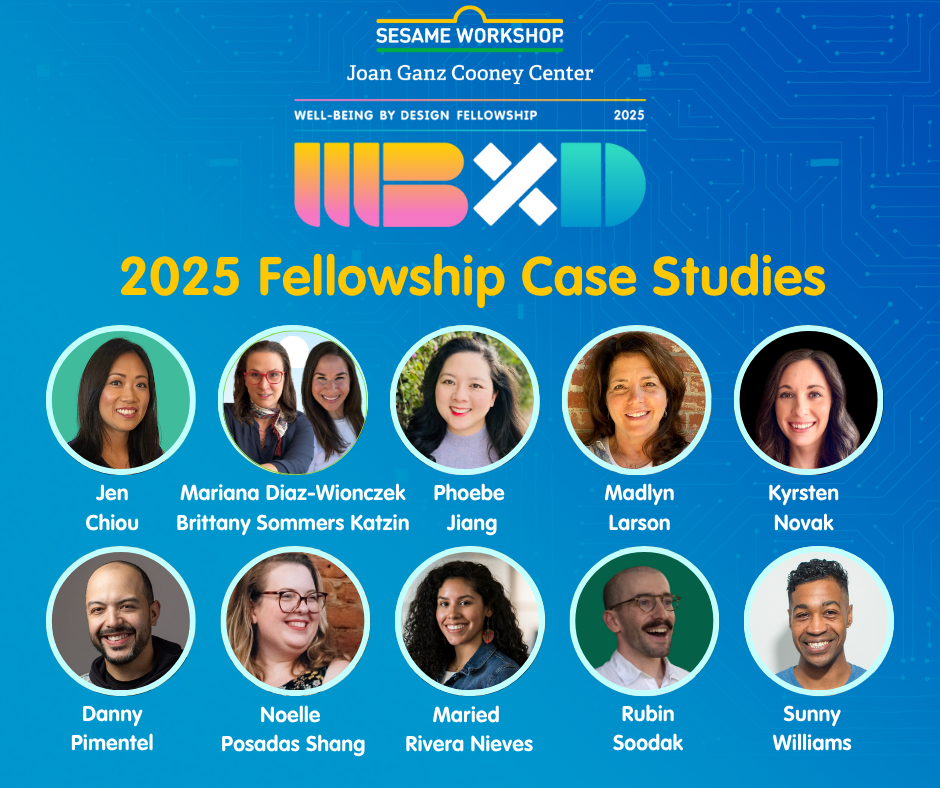During the week of the 2024 Games for Change Festival, the Cooney Center had the privilege of helping to organize a series of events to bring the Responsible Innovation in Technology for Children Project (RITEC) learnings to life by sharing the backstory of the research process and work with children, and demonstrating how some have begun putting the RITEC-8 framework into practice.
Celebrating the launch of the recent RITEC research report: Diving into working with children for children
We started the week at the NYU CREATE Lab in Brooklyn where professors Jan Plass and Bruce Homer shared their work from new research that tested the RITEC-8 framework with children engaging in digital play.
We opened the event with Shuli Gilutz, Programme Officer, Business Engagement and Child Rights at UNICEF, who presented an overview of the RITEC project, followed by some of the project’s leading researchers Jan Plass and Bruce Homer who discussed the link between well-being and game play. Fabian Froehlich and Yuli Shao, who were part of the work with children, showed the audience how the studies were conducted through a video, live demo, and an opportunity for attendees to act as researchers and subjects. We concluded with a panel where Michael Preston, the Cooney Center’s Executive Director, interviewed LEGO Foundation and LEGO Group representatives about their interest and efforts in children’s well-being in digital play.
“This event was so special because academics never really get to celebrate their work, and they should. This is extraordinary work.“ explained Shuli Gilutz. “Being able to hear a recording of a child’s reaction to playing a game as part of the research was amazing—it really allowed the audience, which included academics but also representatives from industry, to really understand what the RITEC project is all about”








Deep dive into the RITEC project: Learning HOW to design digital play for children’s well-being
After learning about the RITEC-8 framework and research with kids at NYU, we headed to the Games for Change Festival to dig into how UNICEF is working on developing guidance for industry so designers can start trying to apply those learnings to their work.
“The last mile of translating research to practice can be incredibly challenging,” said Michael Preston. “We are really excited about the plans and possibilities for the RITEC project to help bridge that gap, including the upcoming RITEC Design Toolbox.”

Projects that have already been inspired by the RITEC-8 framework: 3 industry case studies
Then at a standing-room-only, hands-on workshop, Nikita Khalid from the Scratch Foundation, Grace Collins, from Snowbright Studio and a Cooney Center Well-Being by Design Fellow, and Pia Breum Corlin from The LEGO Group, shared specific case studies on how they have been inspired by the RITEC-8 framework and have applied it to very different digital design projects.


Workshop attendees then had a chance to participate in example activities that the LEGO Group and LEGO Foundation created to get their product teams across the company thinking about how to design for children’s well-being.

And that was a wrap!





